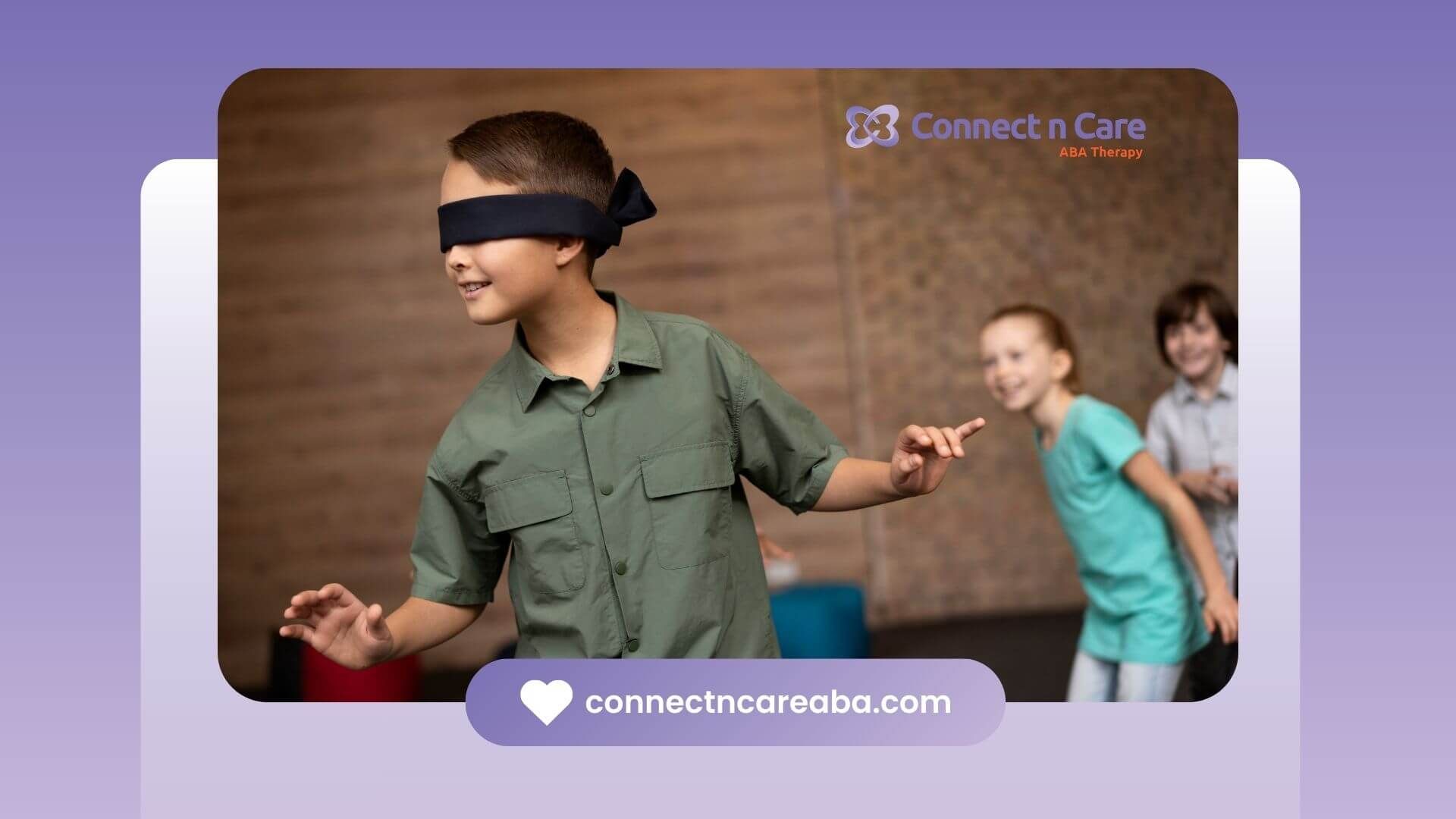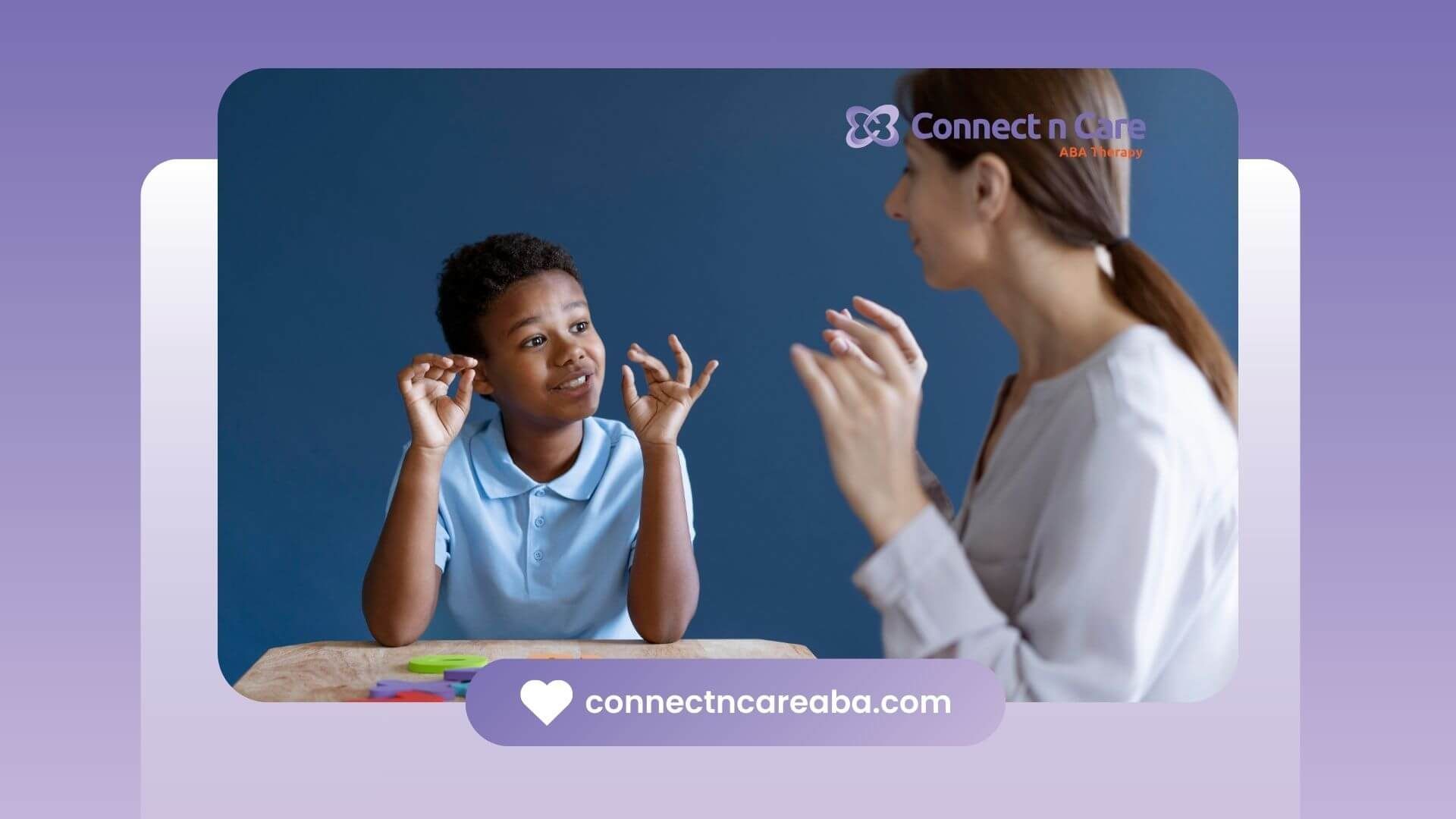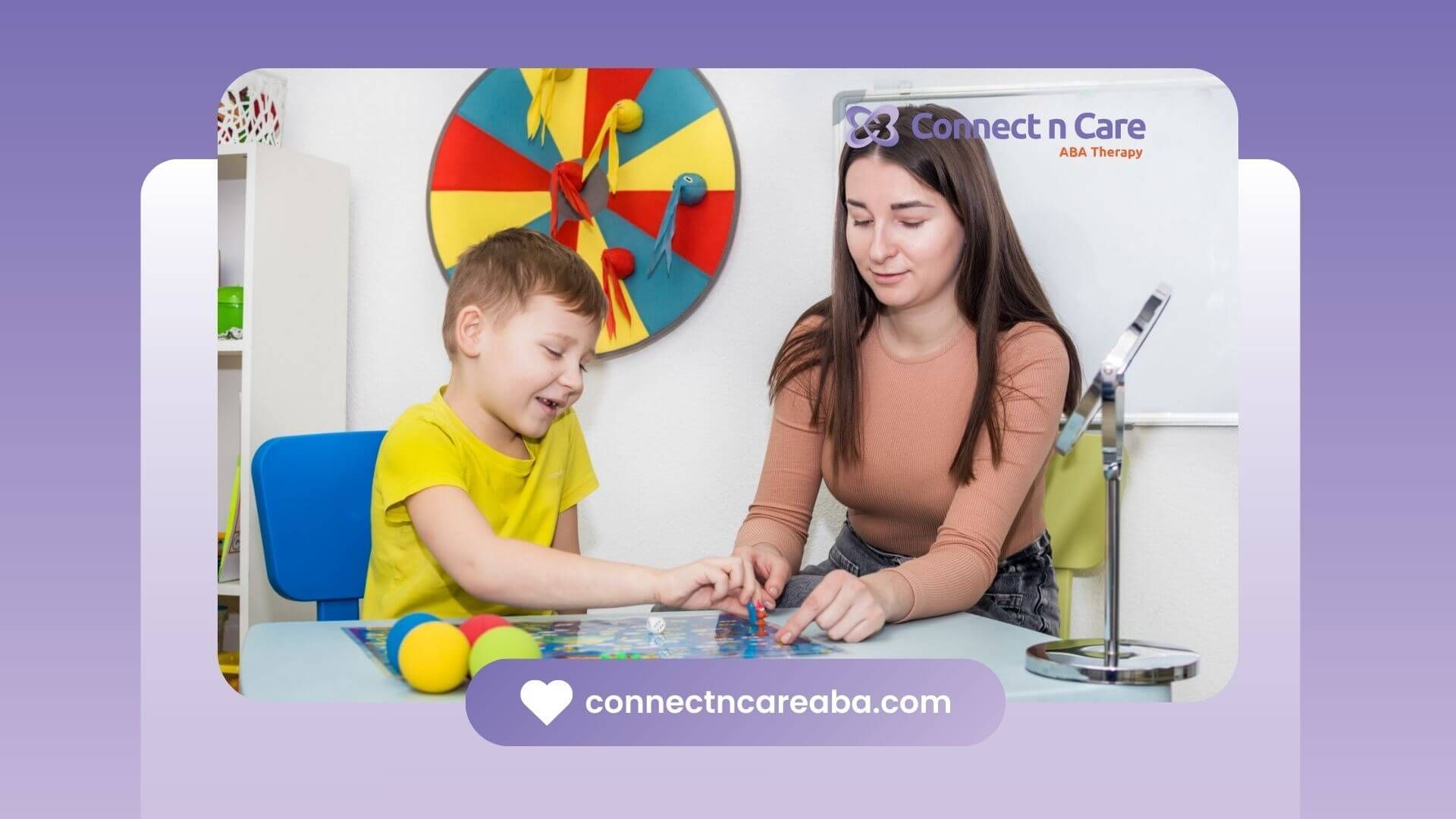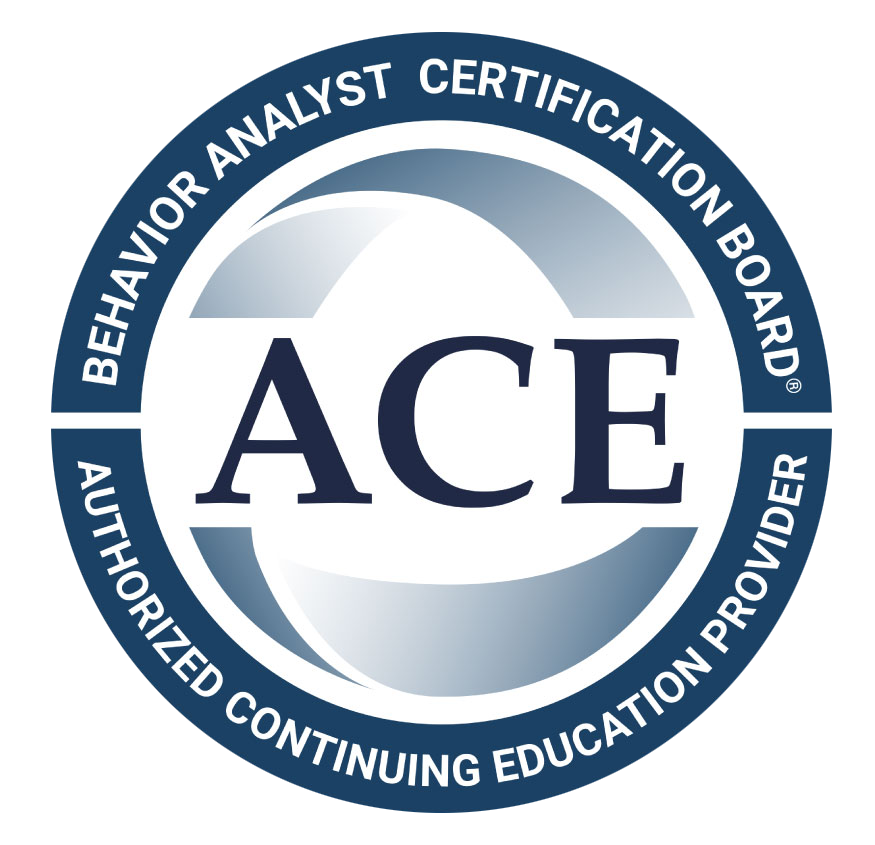Key Highlights
- ABA therapy breaks down the potty training process into small, manageable steps for children on the autism spectrum or with developmental delays.
- Board Certified Behavior Analysts use behavior analysis and data collection to set personalized toilet training goals.
- Positive reinforcement, such as verbal praise and small rewards, motivates children to achieve successful toilet training.
- Parents and caregivers play a crucial role in implementing ABA techniques and tracking the child’s progress.
- Structured routines and visual aids help children learn bathroom habits at their own pace.
- ABA programs address common challenges, like regression and accidents, to ensure training success.
When your child struggles with potty training, it can feel like you’re stuck in a never-ending loop of frustration. ABA therapy changes that by breaking big goals into smaller, manageable wins that add up to lasting success.
One of my favorite moments as a therapist came from a girl named Maya, who had sensory sensitivities to bathroom sounds. We introduced her slowly to the space, first playing her favorite lullaby in the doorway, then letting her choose when to sit. By week three of in-home ABA therapy, she was going independently — and dancing to her song afterward.
Why ABA Works for Potty Training
A Step-by-Step Approach That Sticks
ABA therapy looks at the how of learning. Instead of asking a child to “go potty” and hoping they understand, ABA therapists break it down into specific, teachable steps: walk to bathroom, pull pants down, sit, void, flush, wash hands.
I remember working with a 4-year-old who would cry every time we mentioned the bathroom. Instead of forcing the issue, we started by walking past the bathroom, then touching the doorknob, then sitting fully clothed. Within weeks, she was sitting on the toilet without fear — and smiling. That’s the power of incremental success.
According to a 2018 study published in the Journal of Applied Behavior Analysis, children following structured ABA potty training programs reached consistent toileting success in 72 to 135 days — and in some cases, within a single week for intensive programs.
Preparing for Potty Training with ABA
Spotting Readiness Signs
Before starting, ABA therapists look for indicators that a child is prepared to learn:
- Staying dry for at least 2 hours
- Following one-step instructions like “sit here”
- Showing awareness of being wet or soiled
- Comfortably sitting for short periods
According to the Autism Society, trying too early can cause unnecessary stress, while waiting for readiness increases the chance of long-term success.
Creating a Bathroom-Friendly Environment
For some kids, the bathroom is overwhelming — bright lights, cold floors, loud flushes. ABA therapists often help families “desensitize” the space.
One boy I worked with loved trucks. We put truck stickers on the bathroom walls and a toy truck on the sink. His bathroom breaks became playtime instead of panic time. Gradual exposure and personalization help children feel safe.
The ABA Potty Training Process
Building Predictable Routines
Structure is key. Most ABA potty training programs start with short, timed intervals — every 10–15 minutes — and slowly increase as the child stays dry.
Here’s a common routine:
- Prompt: “Let’s go potty.”
- Guide: Help the child walk to the bathroom.
- Practice: Sit on the toilet for 1–5 minutes.
- Reinforce: Praise, stickers, or a small reward for trying.
Visual schedules and picture prompts can help non-readers or nonverbal children. The Autism Research Institute notes that visual cues improve compliance and reduce anxiety.
Using Reinforcement Wisely
Reinforcement isn’t bribery — it’s motivation. Immediate, consistent rewards encourage the child to repeat the behavior.
Examples:
- A small gummy only after successful voids
- A favorite song while washing hands
- High-fives and enthusiastic praise
Teaching Communication About Bathroom Needs
Supporting Verbal & Nonverbal Communication
Some children say “potty” or “bathroom” when they need to go. Others need visual supports. ABA therapists may introduce:
- PECS cards with a toilet picture
- AAC devices that say “I need to go”
- Simple signs like tapping the hip
One nonverbal student I worked with began by handing me a PECS card whenever the timer rang. Eventually, he initiated handing the card without a prompt — a huge leap in independence.
Encouraging Independence Over Time
Fading Prompts and Building Confidence
At first, the adult may guide every step. Over time, we “fade” prompts — going from physical guidance to verbal cues, then to natural reminders.
Skills we encourage along the way:
- Checking for dryness independently
- Pulling pants up/down without help
- Flushing and washing hands on their own
As Dr. Mary Barbera, BCBA-D, explains: “Every independent step is a building block for lifelong self-care.”
Overcoming Common Challenges
Handling Accidents Without Drama
Accidents happen. Responding calmly helps the child stay motivated.
- Say what happened: “Your pants are wet.”
- Guide to the toilet: Sit briefly before changing.
- Avoid punishment — instead, increase reminders.
Supporting Children with Multiple Delays
Some children need extra scaffolding:
- More frequent bathroom exposure
- Physical guidance through each step
- Celebrating small wins — even sitting for 10 seconds counts
Tracking and Adjusting the Plan
The Role of Data Collection
Parents and therapists track:
- Times of dry checks
- Successful voids
- Accidents
- Whether the child initiated
Patterns in this data help fine-tune the schedule and reinforcement. One family I worked with noticed most accidents happened after juice. Simply switching to water reduced them by half.
Success Timelines and Real-Life Wins
How Long Does It Take?
- Some intensive ABA potty training programs see results in 3–7 days.
- More gradual approaches may take weeks to months, depending on readiness.
In a 2020 case series from Autism Spectrum News, several children reached independent toileting in under two months with consistent ABA methods — including a boy who had resisted training for over a year before starting ABA.
Final Thoughts
ABA potty training works because it’s structured, individualized, and positive. It meets children where they are, celebrates small wins, and uses data to guide progress.
Whether your child is verbal or nonverbal, excited or anxious, ABA offers tools that turn toileting into a learnable, confidence-boosting skill. With patience, reinforcement, and
teamwork between therapists and caregivers, independence is within reach.
At Connect n Care ABA, we specialize in helping children across North Carolina and Virginia develop independence through compassionate, individualized ABA therapy.
Whether your child is just starting potty training or has been struggling for years, our Board Certified Behavior Analysts are here to guide you every step of the way.
Frequently Asked Questions
Can ABA potty training methods be used for children without autism?
ABA therapy and toilet training strategies are effective for children both with and without autism spectrum disorder. The training process, centered on positive reinforcement and structured routines, benefits any child needing extra support, as these methods stem from the field of applied behavior analysis.
What are the typical goals set in an ABA potty training program?
Typical goals in ABA therapy for toilet training include staying dry for longer periods, initiating bathroom trips, and mastering independent bathroom routines. Behavior analysts set these goals based on the child’s readiness and work with families to achieve successful toilet training throughout the training process.
How can parents support nonverbal children during toilet training with ABA?
Parents can help nonverbal children by using ABA therapy strategies like physical prompts and visual aids, such as PECS or AAC devices, to support communication. Consistent routines, positive reinforcement, and close collaboration with therapists ensure progress during toilet training—even for children with added delays.
Sources:
- https://www.autismspeaks.org/expert-opinion/seven-toilet-training-tips-help-nonverbal-kids-autism
- https://www.autism.org.uk/advice-and-guidance/topics/behaviour/toileting/parents
- https://www.autismparentingmagazine.com/autism-potty-training-guide/
- https://pmc.ncbi.nlm.nih.gov/articles/PMC3592490/
- https://www.sciencedirect.com/science/article/abs/pii/S0891422202001361









